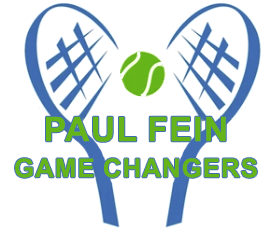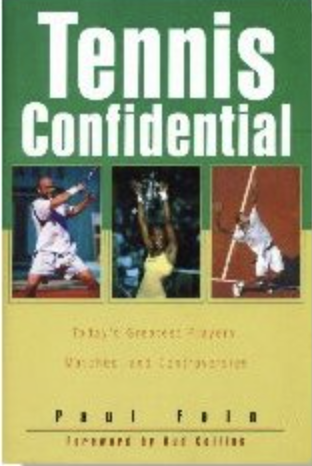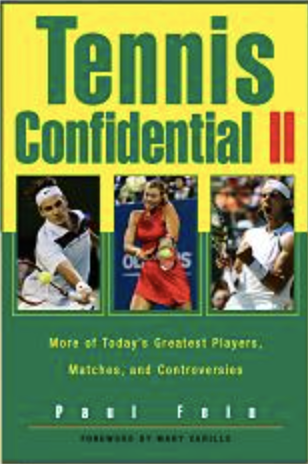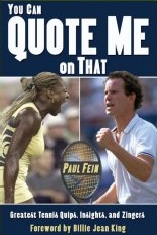Observations about the Australian Open
Hits: 46
The Australian Open provided much food for thought about how to play and teach tennis.
Here are four observations, and perhaps lessons, about the year's first Grand Slam tournament.
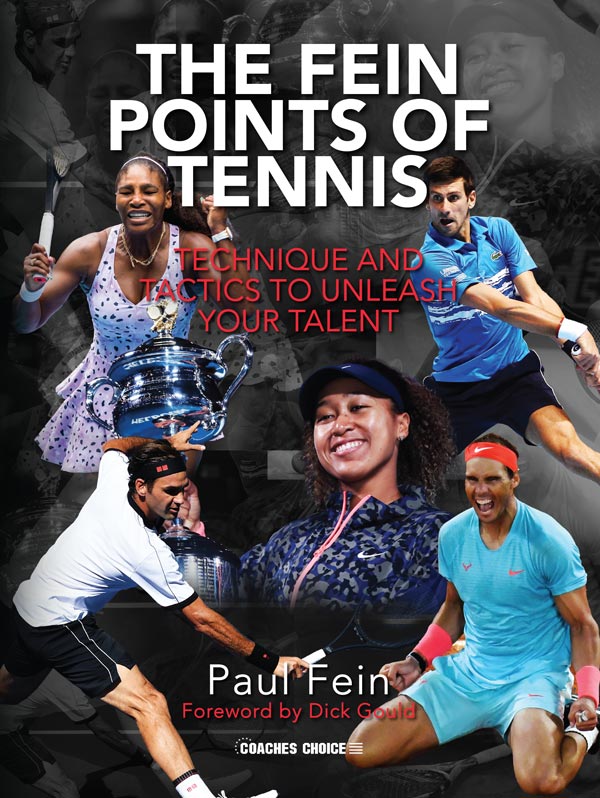
- Aryna Sabalenka, the underachieving and overly emotional Belarusian, averaged a woeful 15.8 double faults per match last year. At the Aussie Open, she averaged only 4.2 double faults per match and stayed much calmer and more composed. What happened? Last summer, she fired her psychologist and hired a biomechanics expert. After studying videos of her serve, he found three major flaws and they corrected them. In my book, "The Fein Points of Tennis," I included noted coach and researcher Vic Braden's maxim, "Basically, the reason you choke is that you don't have the strokes." How true!
- Braden's words of wisdom also apply to a lesser, but still important, degree to Stefanos Tsitsipas. On big points, and especially during the tiebreakers, he came timid and passive. Tsitispas had lost nine straight matches going into the AO final against Novak Djokovic. The main reason is that Tsitsipas's one-handed backhand is far inferior to Djokovic's two-handed backhand. That disparity is most obvious on serve returns, but it also hurts Tsitsipas on passing shots and extended backhand crosscourt rallies. Roger Federer mitigated a similar shortcoming to some extent for two reasons: in his prime, he raced toward the backhand corner to hit terrific forehands, and his slice backhand was much better the Tsitsipas's.
- As a longtime tennis journalist and teaching pro, I've always strongly opposed coaching of any kind except in team competitions. I was surprised that the in-match coaching allowed at the AO had little or no effect in two memorable matches. Jenson Brooksby is certainly a clever, consistent counter-puncher, but his decisive upset over No. 2 seed Casper Ruud had me baffled. Why didn't Ruud change his losing game? After all, his father-coach Christian, a world-class pro in the 1990s, should have told Casper to avoid the repeated medium-speed, backhand crosscourt exchanges -- that heavily favored Brooksby -- by running around to hit his powerful, heavy topspin forehand. Similarly, 18-year-old Coco Gauff should have changed her obviously losing tactics against Jelena Ostapenko, a very overweight, one-dimensional slugger. Gauff should have changed pace, spins, and placement and also come to net more often, as ESPN analyst Rennae Stubbs rightly recommended. Did Gauff's coaching team help her tactically at all?
- Andrey Rublev has no glaring stroke defects, though he can improve his volley and backhand. What is glaring, however, is his almost total lack of tactics. It didn't cost Rublev much in his impressive five-set win over rising star Holger Rune, though he did get a big break when he won match point on an extremely lucky net cord winner. However, it did cost Rublev mightily when Djokovic thrashed him 6-1, 6-2, 6-4 in the quarterfinals. “To get better, Rublev needs more versatility,” rightly said Australian TV analyst and former Davis Cupper John Fitzgerald. “He hits the same ball over and over. He hits it very well, but what if it comes back? But to get more versatile, you have to practice more shots, like the high volley he missed.”
It will be interesting to see what Tsitsipas, Ruud, Gauff, and Rublev have learned from their Australian Open losses and what changes they'll make in their technique and tactics.
